Scottish Budget 2019-2020: carbon assessment
Estimate of the consumption-based carbon emissions associated with planned budget expenditure.
This document is part of a collection
2. High-level Carbon Assessment of 2019-20 Budget
2.1. Portfolio Expenditure and Associated Emissions
14. Total estimated emissions attributable to the 2019-20 Budget are 7.3 Mt CO2-equivalent. Table 2 shows overall spend and emissions by the individual portfolios and further, how these emissions arise. Emissions remain broadly proportional to spend, except for Rural Economy, and Transport, Infrastructure and Connectivity, where emissions per unit of spend are slightly higher. Health and Sport, Communities and Local Government and Transport, Infrastructure and Connectivity are the largest Budget items, with the highest emissions.
15. Expenditure is shown net of income, in line with the Budget, and emissions are calculated on that basis.[2]
Table 2: Portfolio expenditure[3] (TME excluding non-cash items) and emissions
| Portfolio | Spend £m |
Estimated GHG emissions (thousands of tonnes of CO2 equivalent) |
|||
|---|---|---|---|---|---|
| Domestic | Total | ||||
| Direct | Indirect | Imported | |||
| Health and Sport | £13,950 | 344.1 | 533.5 | 1,044.2 | 1,921.8 |
| Communities and Local Government | £11,124 | 606.9 | 421.9 | 1,159.7 | 2,188.5 |
| Finance, Economy and Fair Work | £5,310 | 18.6 | 196.5 | 467.5 | 682.6 |
| Education and Skills | £3,850 | 101.5 | 108.6 | 349.0 | 559.2 |
| Justice | £2,663 | 81.7 | 112.0 | 236.0 | 429.7 |
| Transport, Infrastructure and Connectivity | £2,702 | 343.2 | 92.9 | 546.9 | 983.0 |
| Environment, Climate Change and Land Reform | £403 | 5.8 | 13.2 | 77.2 | 96.2 |
| Rural Economy | £313 | 75.1 | 23.6 | 64.3 | 162.9 |
| Culture, Tourism and External Affairs | £314 | 7.3 | 16.9 | 26.1 | 50.3 |
| Social Security and Older People | £585 | 27.8 | 21.8 | 100.3 | 149.8 |
| Government Business and Constitutional Relations | £12 | 0.4 | 0.5 | 1.1 | 2.0 |
| Crown Office and Procurator Fiscal Service | £117 | 3.9 | 5.2 | 10.4 | 19.4 |
| Scottish Parliament and Audit Scotland | £98 | 3.1 | 4.2 | 8.3 | 15.5 |
| Total | £41,441 | 1,619.4 | 1,550.8 | 4,090.9 | 7,261.1 |
16. Direct emissions account for 22 per cent of the total; indirect emissions for
a further 21 per cent – a large proportion of which is caused by electricity generation. 56 per cent of emissions attributable to Budget expenditure
are generated outside Scotland and are embedded in imported goods
and services.
17. Figure 1 demonstrates graphically the results for individual portfolios and the split by type of emissions (direct/indirect), and also whether the emissions are domestic or imported. As the graph highlights, the emissions intensity (carbon emissions per pound of spend) of individual portfolios are broadly similar. The exception is Rural Economy, where the emissions intensity of spend is higher. A large part of this expenditure is linked to carbon-intensive production methods (carbon sequestration through forestry is not taken into account). Emissions intensity of spend is also slightly higher in Transport, Infrastructure and Connectivity, reflecting the higher emissions intensity of transport spending lines. These were previously within the Rural Economy portfolio. Note that in the second part of Figure 1, the scales vary by portfolio.
Figure 1: Estimated domestic and imported GHG emissions (thousands of tonnes of CO2 equivalent) by portfolio and generating industry.
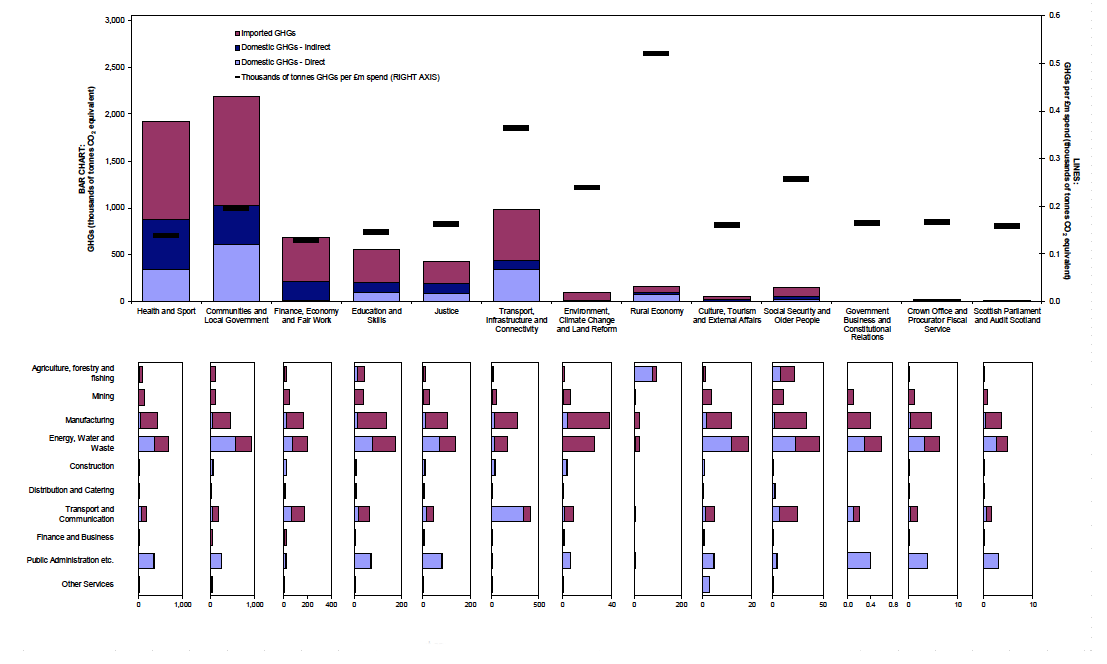
Domestic (direct and indirect) and imported GHG emissions (thousands of tonnes of CO2 equivalent)
2.2. Emissions by Industry Source
18. Figure 1 confirms the continued importance of domestic energy production and its emissions across the Scottish Budget. In addition to this, for Rural Economy, the support of farming activity leads to significant levels of methane and nitrous oxide emissions.[4]
19. Total emissions broken down by industry are shown in Figure 2. Some 33 per cent of the Scottish Government's carbon footprint is caused by the use of Energy, Water and Waste, followed by Manufacturing (23 per cent) and Transport and Communication (15 per cent).
Figure 2: Overall Government spending - Industry sector share of emissions (domestic direct and indirect, plus imported GHG emissions)
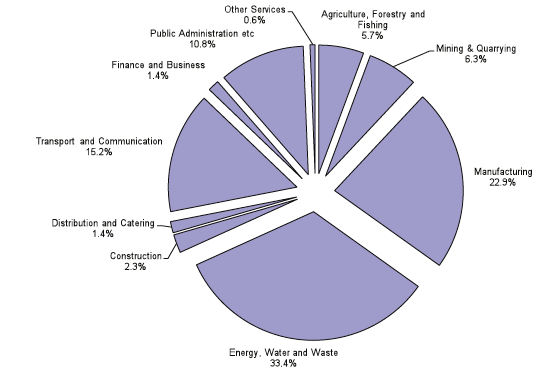
20. To reduce the emissions from Government spending, decarbonisation of the energy sector remains an important policy aim. As the sector is decarbonised, the carbon intensity of the sector in the Environment Input-Output model will fall, with a consequential reduction in carbon emissions recorded in the use of electricity[5].
2.3. Domestic and Imported Emissions
21. In addition to direct and indirect domestic emissions, the assessment takes into account the emissions generated outside of Scotland in the production
of imported goods purchased as a result of Government spending (e.g. food, machinery, IT equipment).
22. Figure 3 demonstrates that imported emissions make up around a half of emissions from Budget spend. There is however a difference between the sources of domestic and imported emissions. Expenditure on Energy, Water and Waste accounts for the largest share of domestic emissions, while expenditure on Manufacturing generates the largest share of imported emissions (followed by Energy, Water and Waste).
Figure 3: Domestic and Imported Emissions - All portfolios
Figure 3a: Domestic emissions by industrial sector
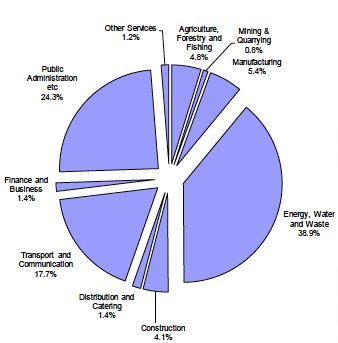
Figure 3b: Imported emissions by industrial sector
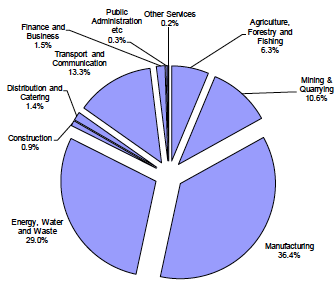
Figure 3c: Domestic and imported emissions, thousands of tonnes of CO2 equivalent and percent
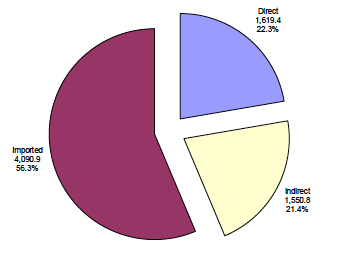
Figure 3d: Domestic and imported emissions by industrial sector
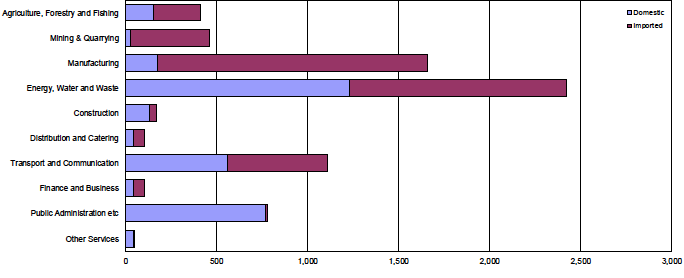
Domestic (direct and indirect) and imported GHG emissions (thousands of tonnes of CO2 equivalent)
Contact
Email: Elliot Lamb
There is a problem
Thanks for your feedback